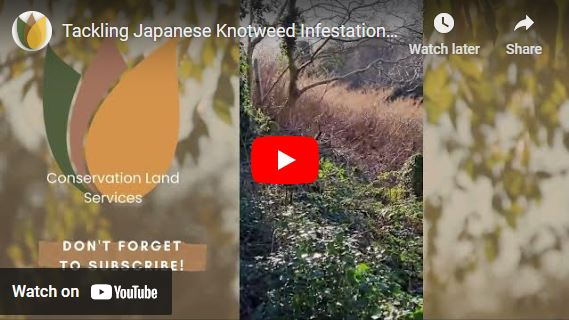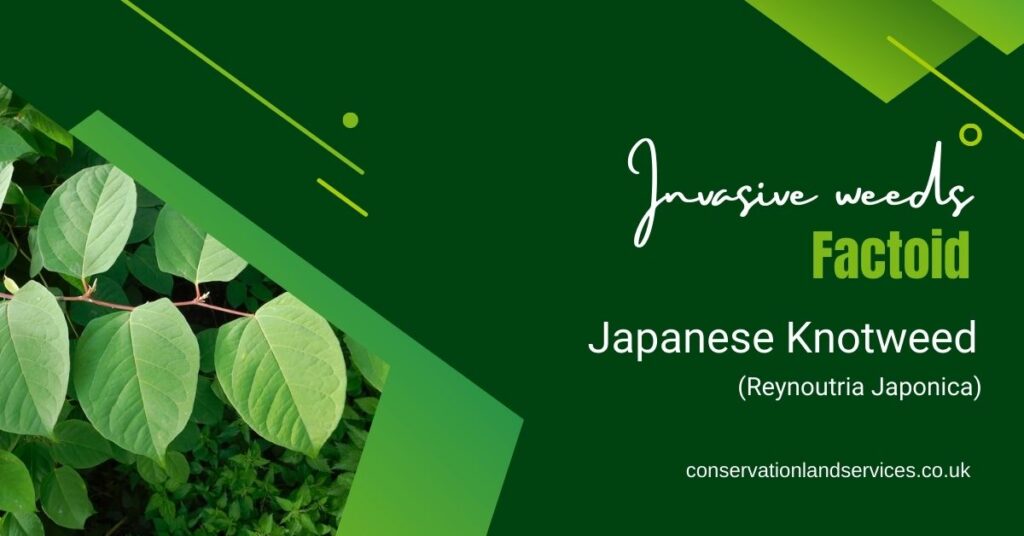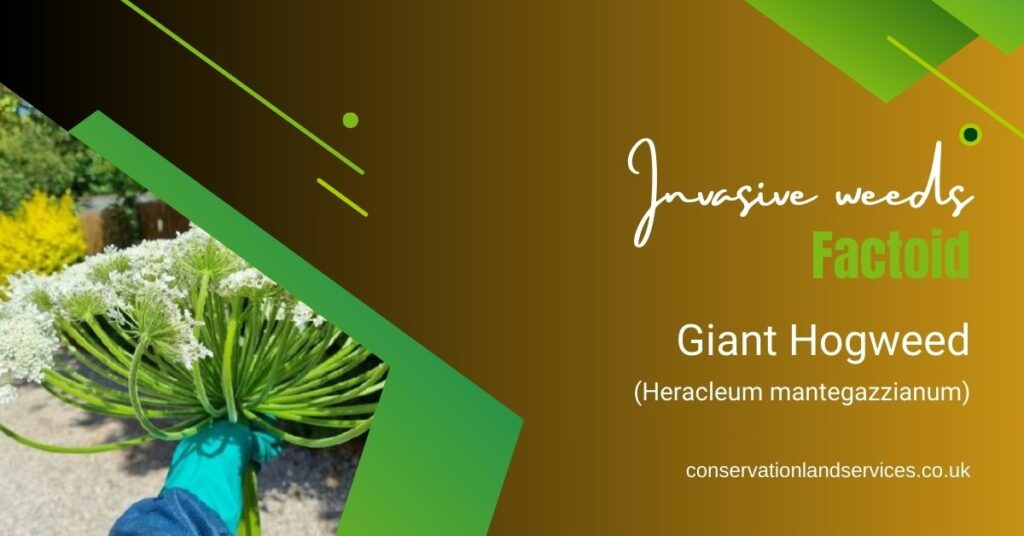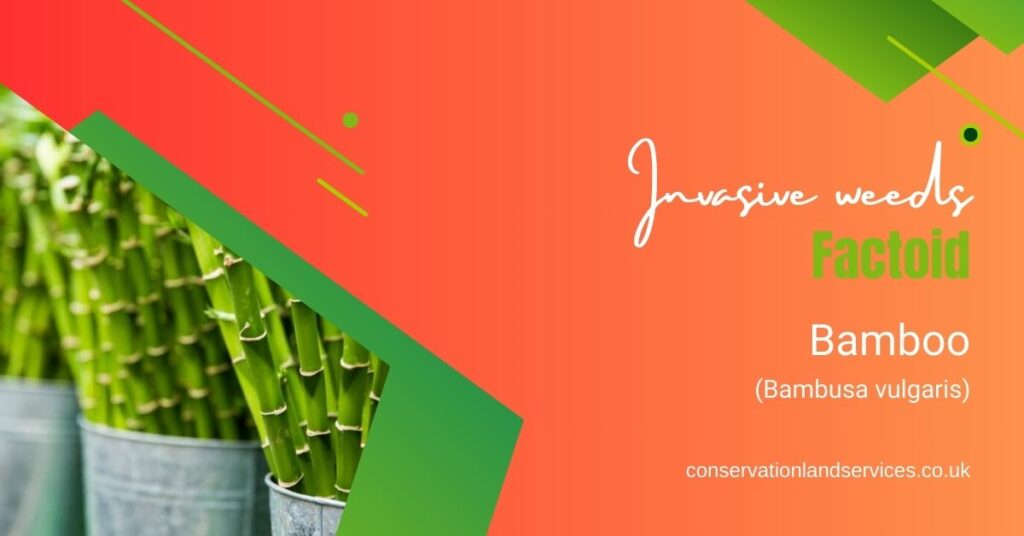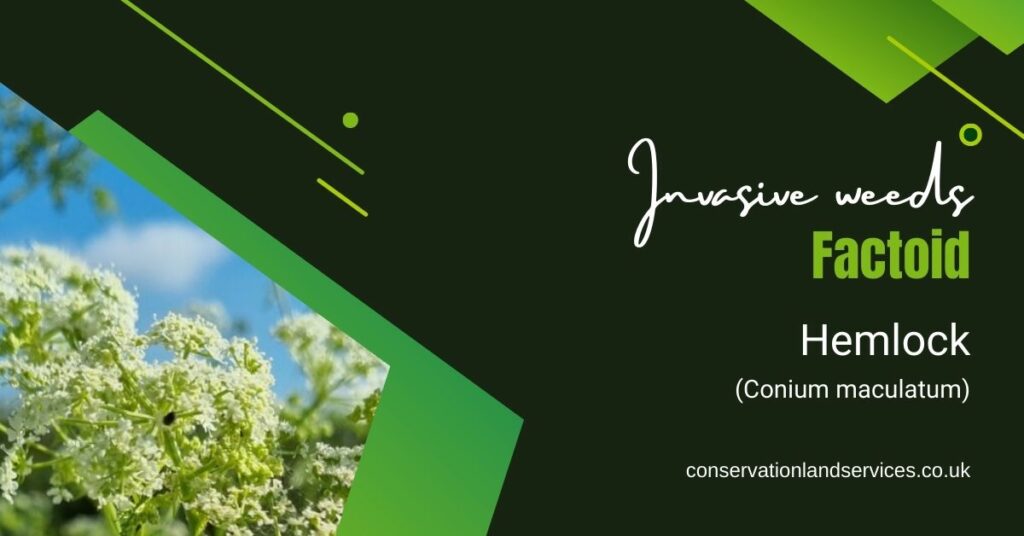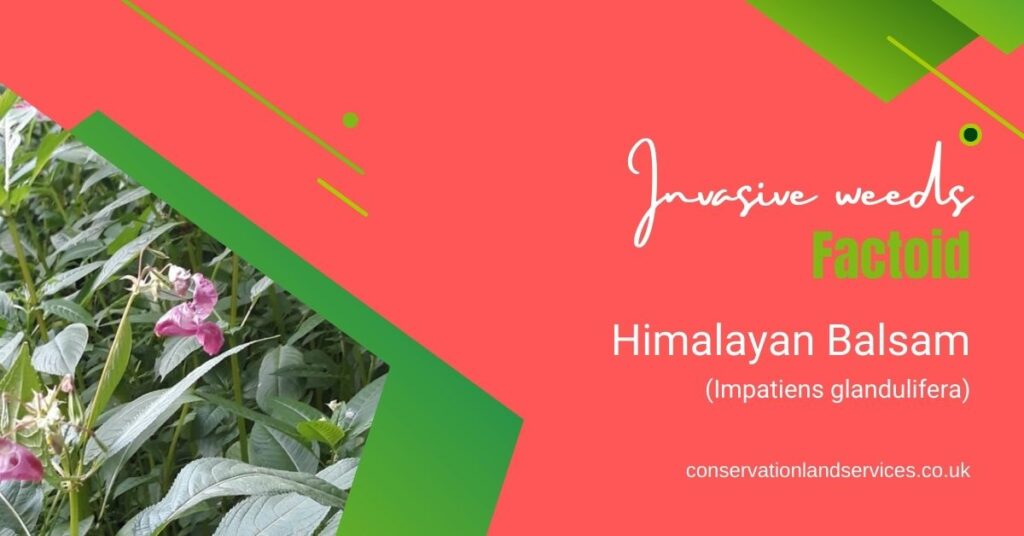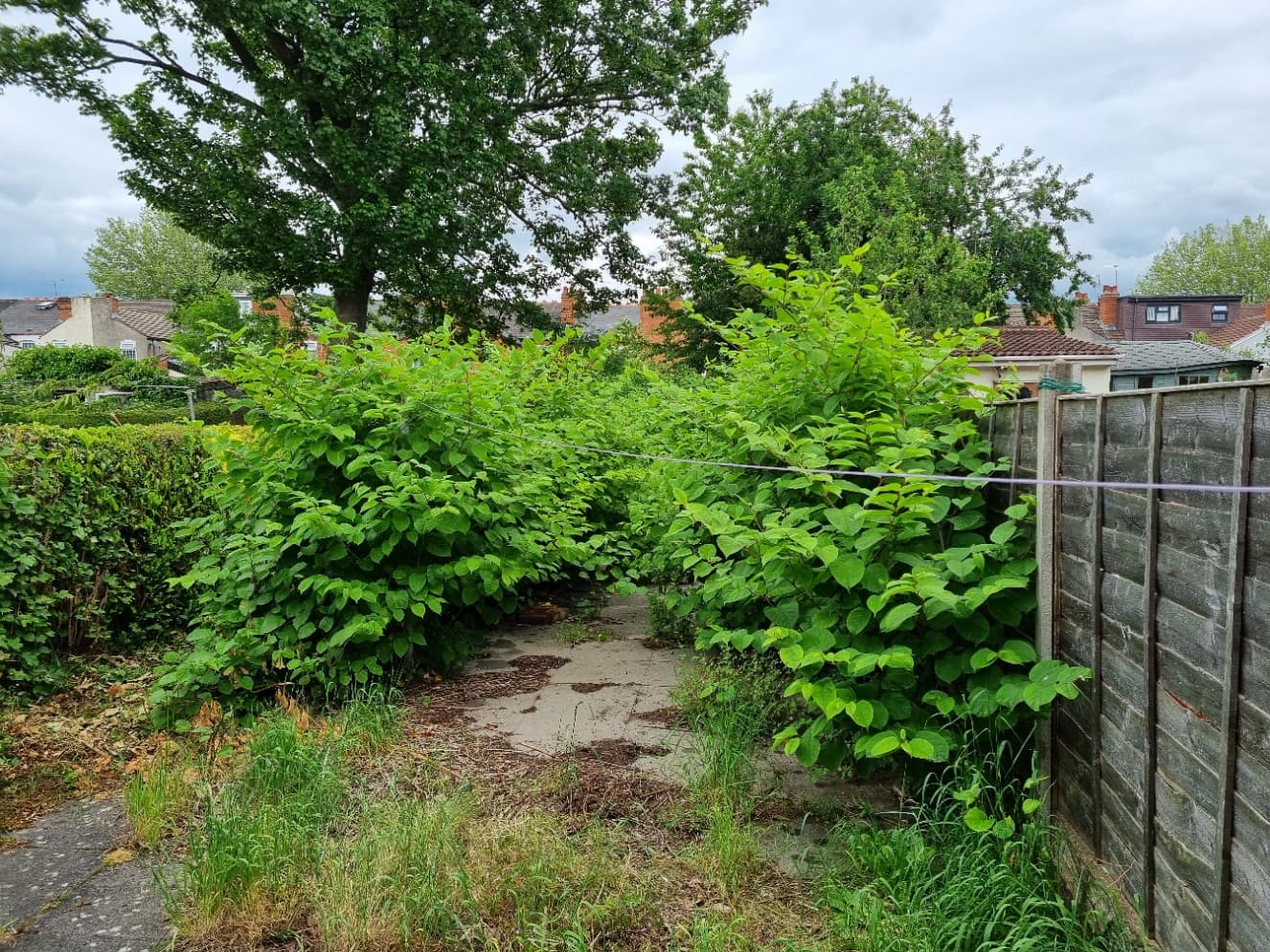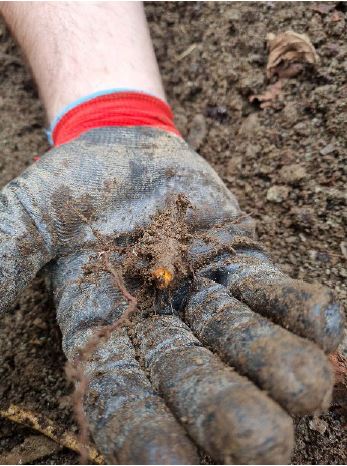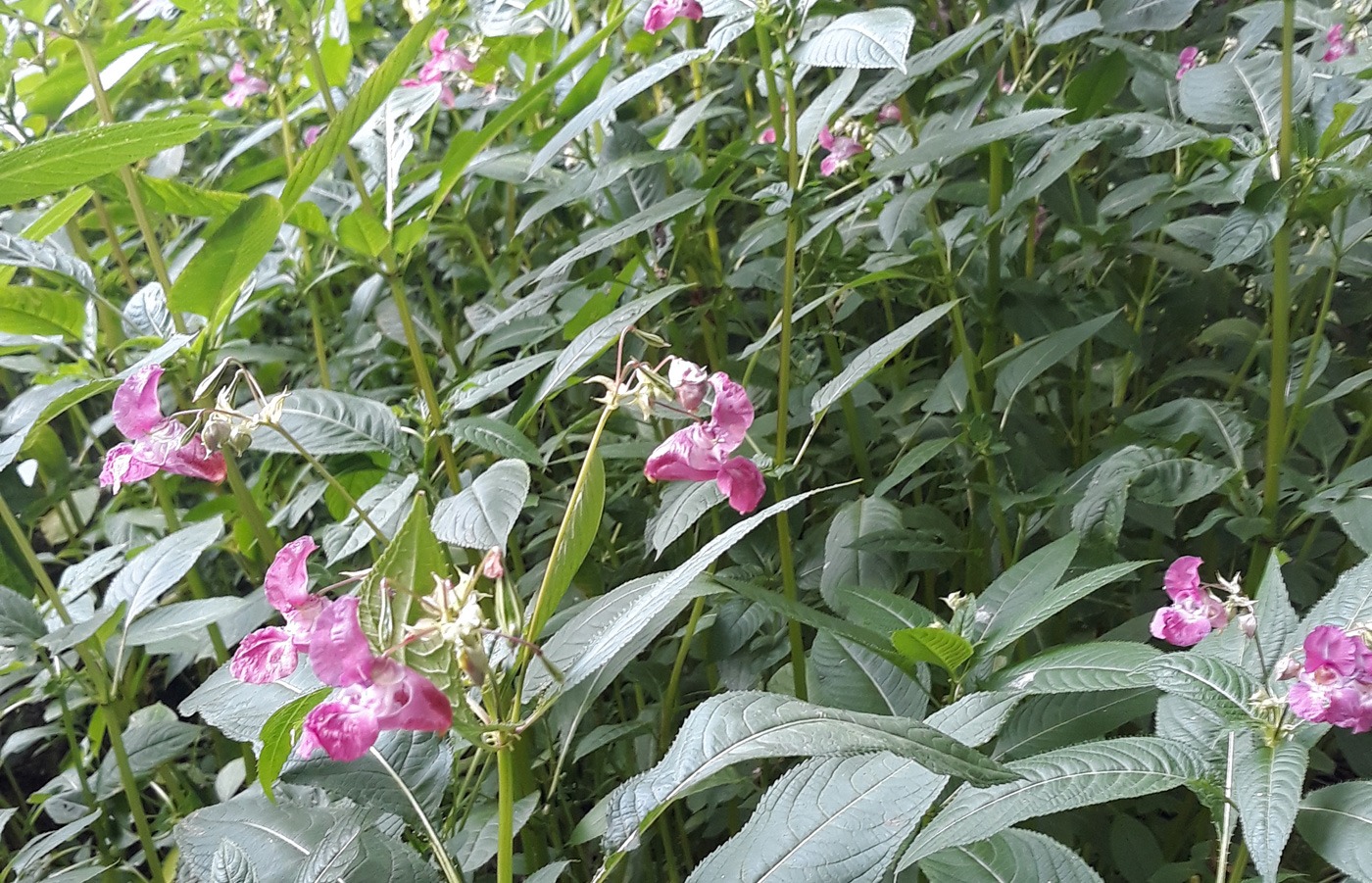Himalayan Balsam (Impatiens glandulifera) FAQs
Frequently asked questions about Himalayan Balsam for a UK resident:
Commercial
Comprehensive invasive weed control
Residential
Find and tackle problem weeds
Knowledge Hub
Learn about conservation
Himalayan Balsam (Impatiens glandulifera)
Introduced in 1839 from the Himalayas, this plant shades out many native species.
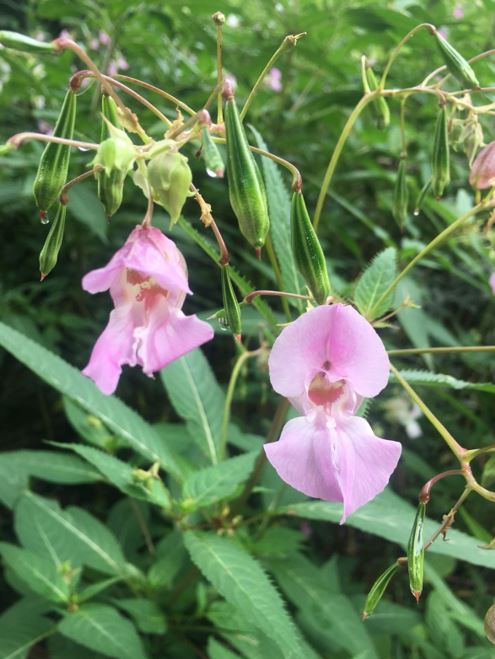
What does Himalayan Balsam look like?
Himalayan balsam has pink, sometimes white, helmet-shaped flowers with hooded shaped petals, succulent hollow stems and finely serrated leaves. It grows up to 2-3 metres tall.
When does Himalayan Balsam bloom?
It blooms between June and October in the UK, with peak flowering in July and August.
How does Himalayan Balsam spread?
It spreads through explosive seed projection. Seed pods open at maturity and scatter seeds up to 5 metres away.
How fast does Himalayan Balsam grow?
Himalayan Balsam is a flowering herbaceous annual, which means it completes its lifecycle of growing, flowering, producing and dispersing seed, all within one season. This means that once it has germinated, the initial growth can be quite dramatic. It can grow up to 10 cm per day, quickly colonising areas. A single plant can produce up to 800 seeds.
Where does Himalayan Balsam thrive?
Along riverbanks, wetlands, damp woods and wastelands, especially on moist, fertile soils high in nitrogen and phosphorus.
Is Himalayan Balsam considered an invasive plant?
Yes, is listed on the Alien Invasive Species (Enforcement and Permitting) Order (2019) and is considered to be a non-native invasive weed in the UK. It will often quickly outcompete native plants creating a monotypic environment.
Does Himalayan Balsam cause any problems?
Yes as a result of outcompeting native flora, which can quickly creating a monotypic environment this can lead to serious loss of biodiversity and it can cause riverbank erosion due to winter dieback.
Should I remove Himalayan Balsam from my garden?
Yes, it is advised to remove it before seeds set to prevent further spread. Make sure to remove all root fragments. It is also a legal obligation, under the Alien Invasive Species Order (2019) to ensure that Himalayan Balsam does not spread beyond your boundary.
What is the best way to control Himalayan Balsam?
Manual removal, cutting or pulling before flowering and seed set. Follow-up treatments are required for several years to control regrowth.
Is Himalayan Balsam toxic or dangerous to humans?
No, Himalayan balsam is not poisonous, but contact with the plant can cause skin irritation in some people.
Featured Videos
Uncover the Secrets of Invasive Weeds
